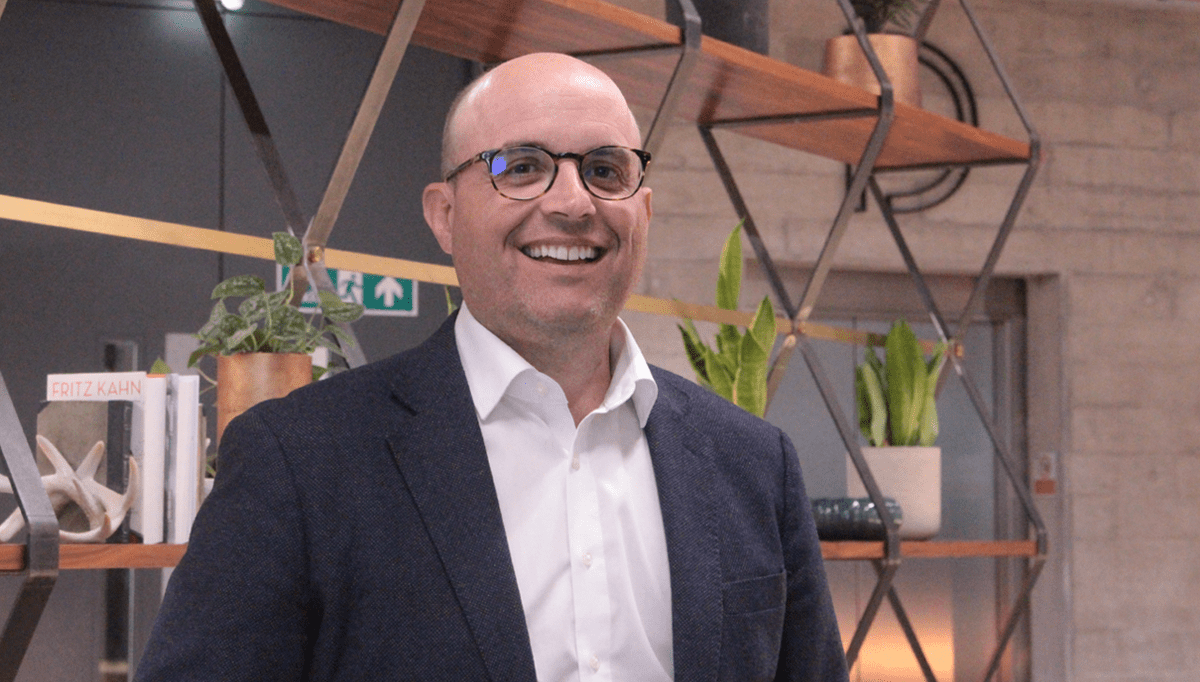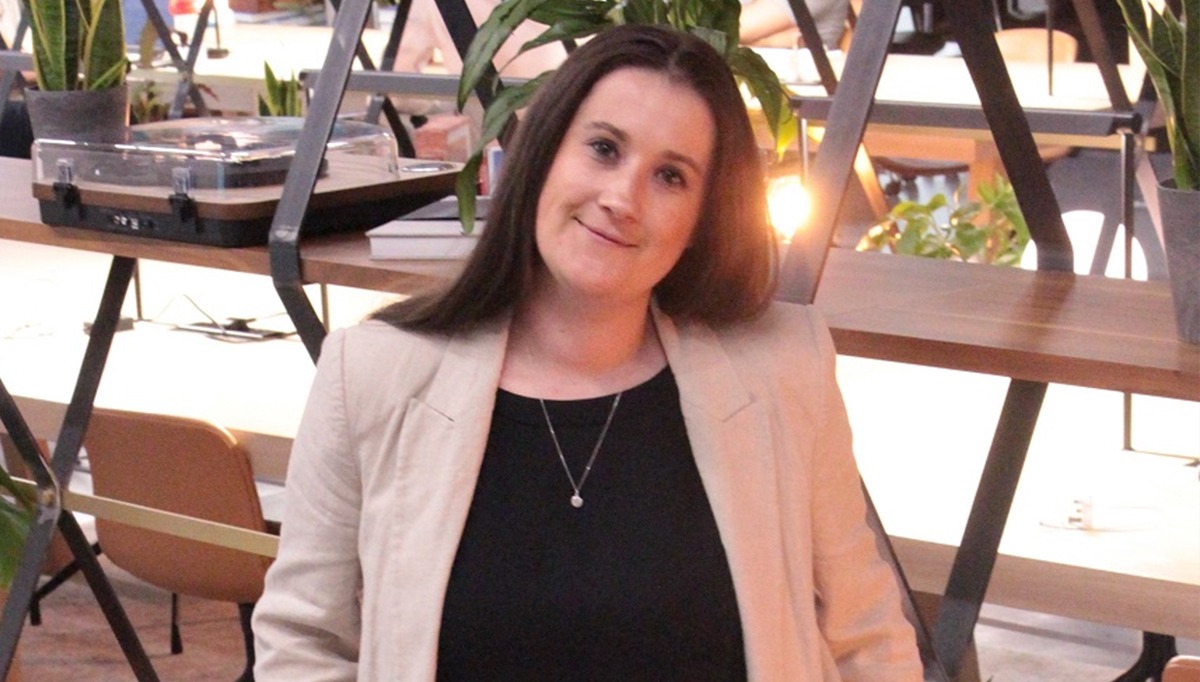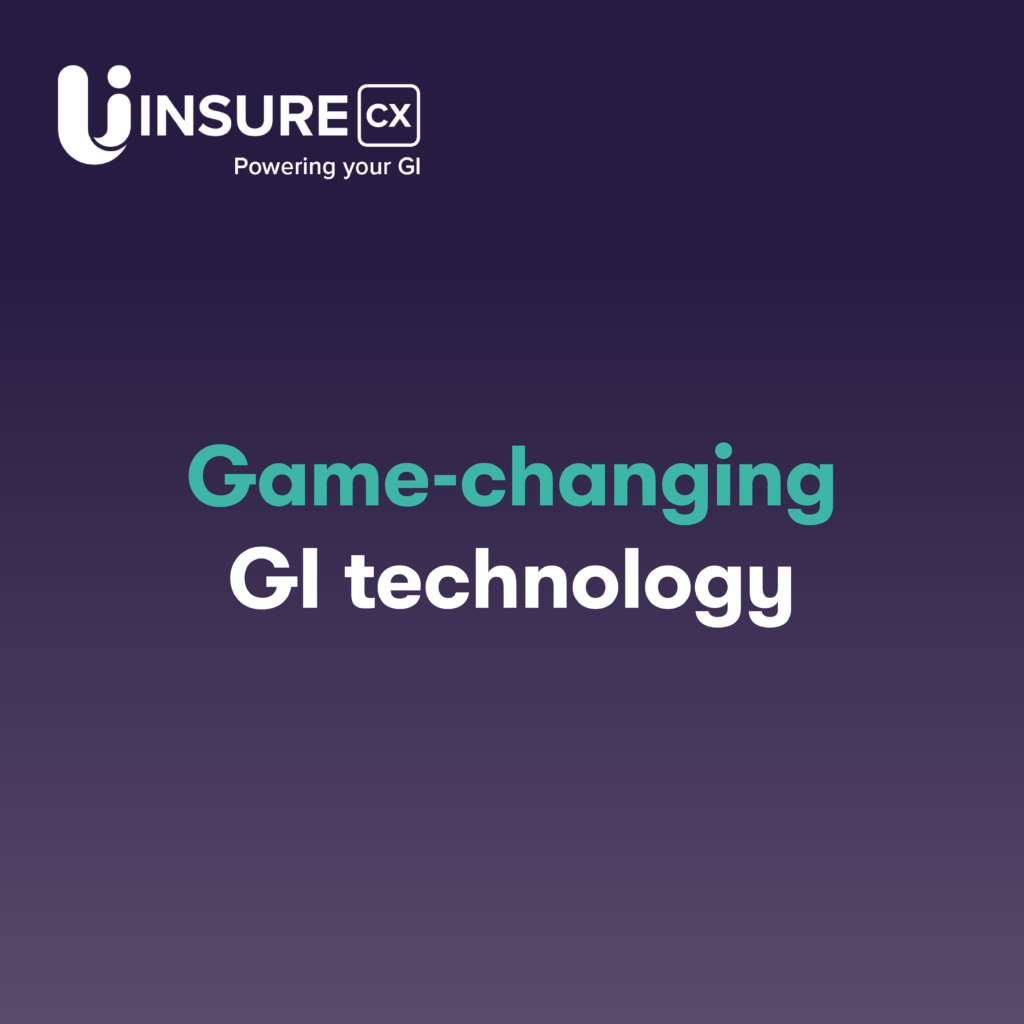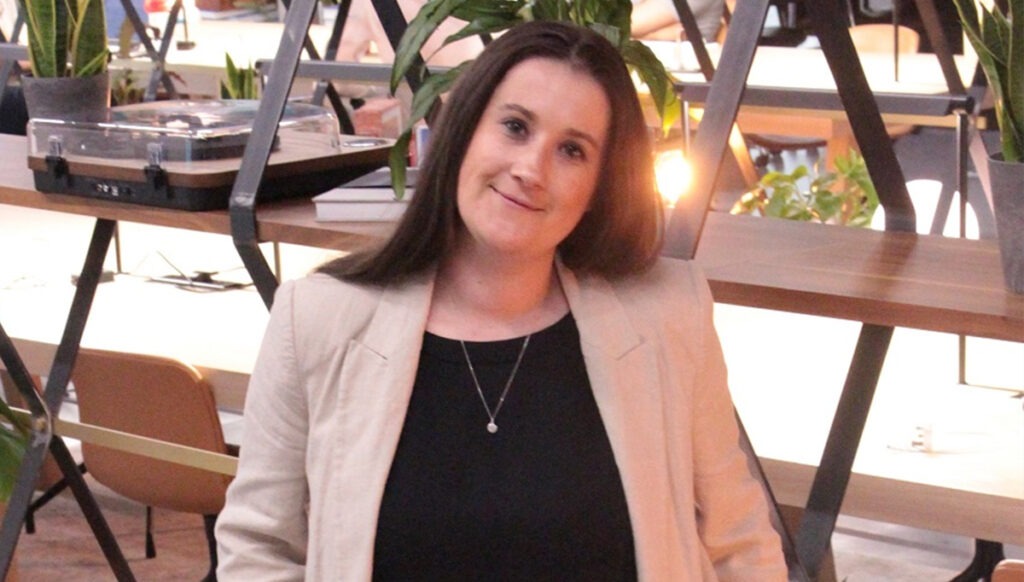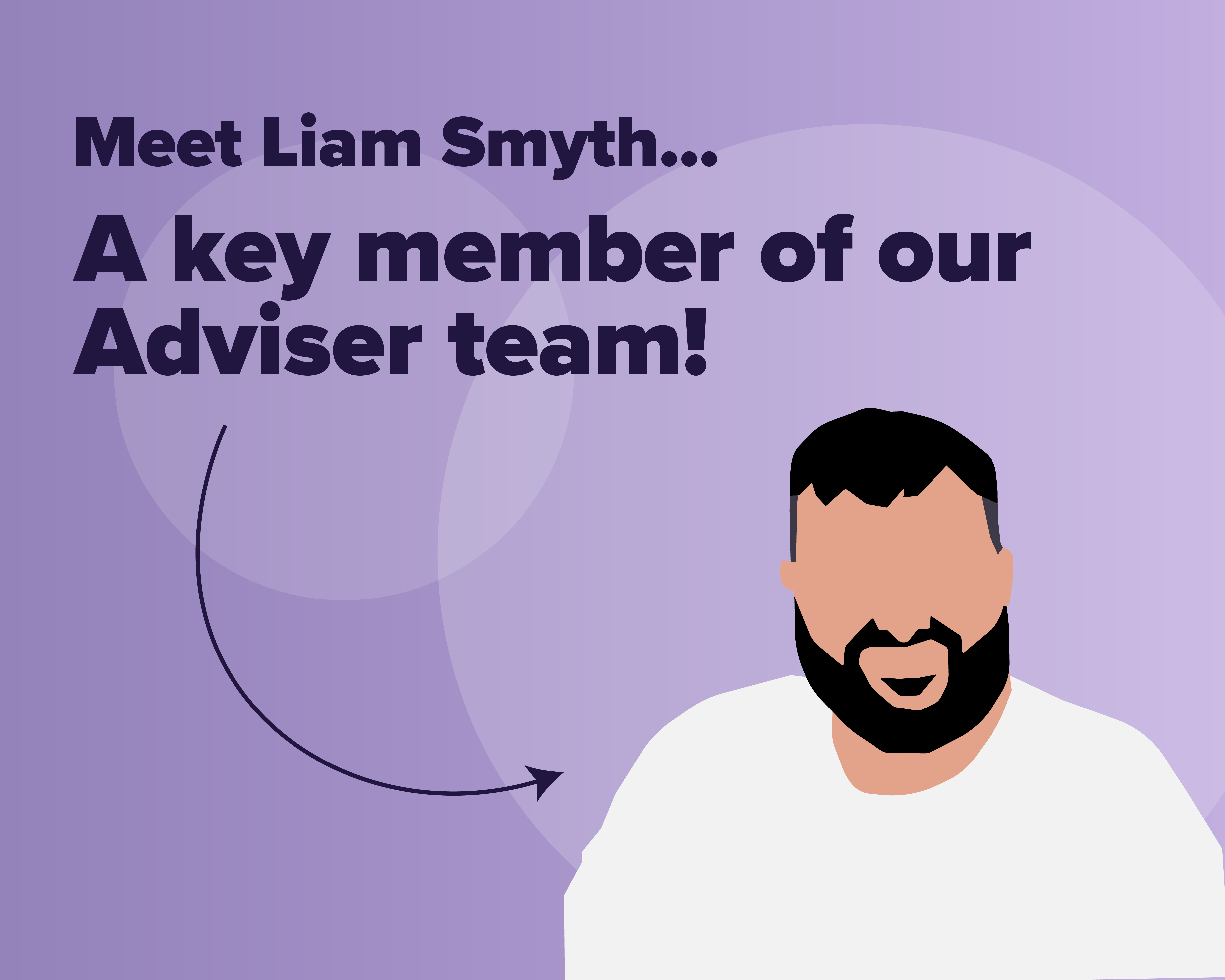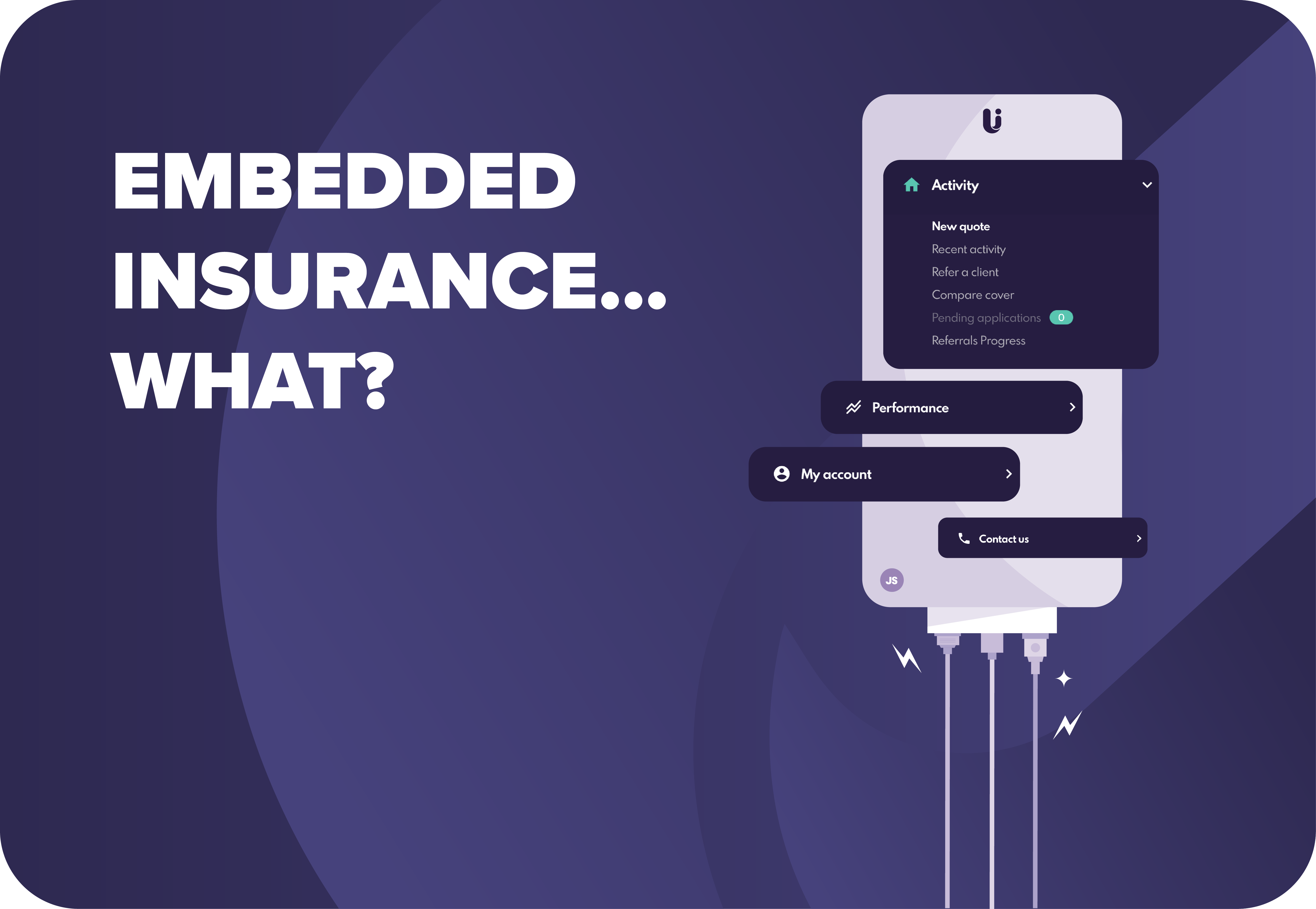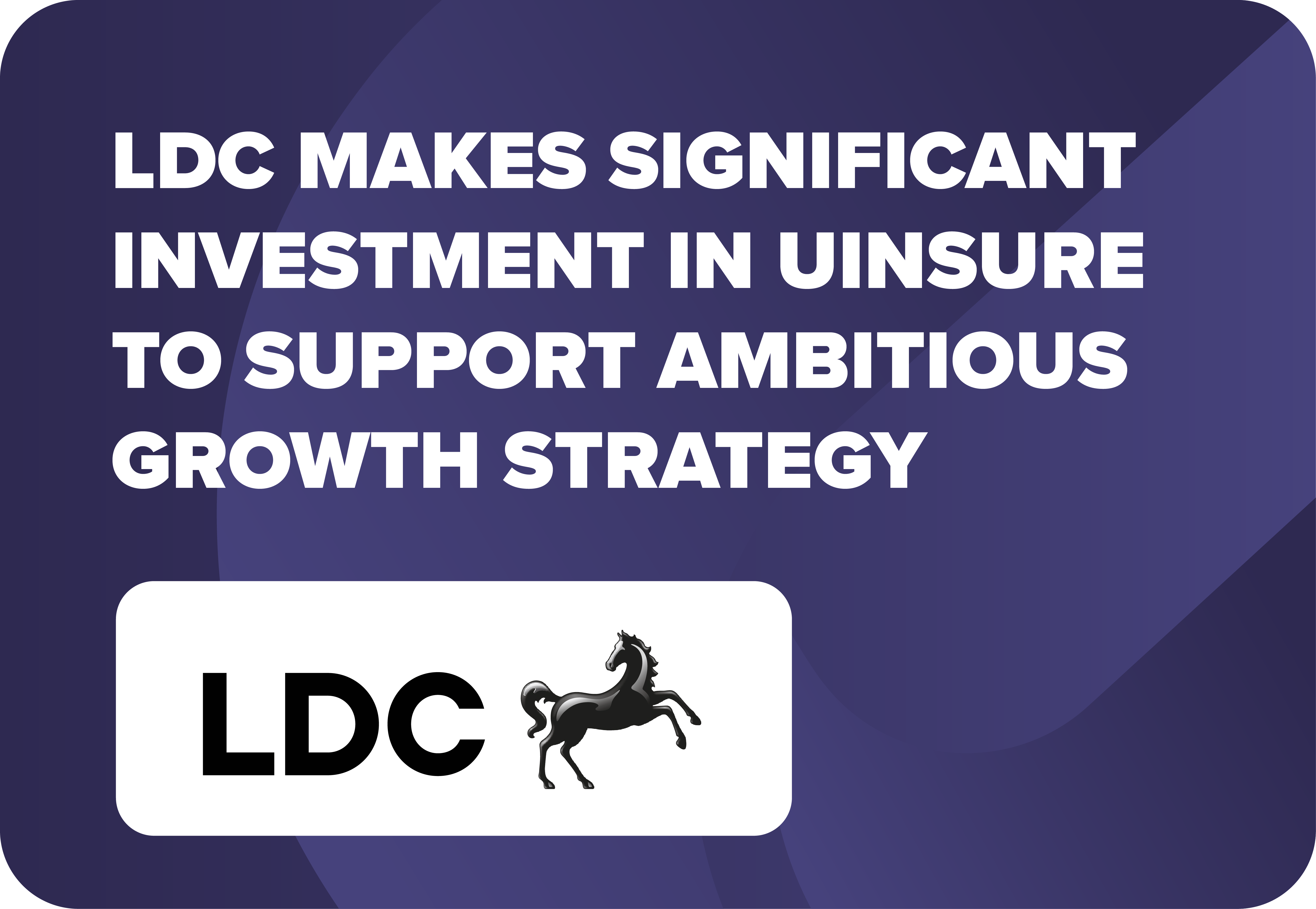Technology centered suppliers are critical to business success and, given that the large majority of companies use external suppliers for many functions and customer propositions, its vital firms change the way they think about choosing the right partners.
In our industry, suppliers are needed to provide the wide range of products and technological advancements in the last few years mean you now need to make sure your products, customer journeys and sales capabilities are taking advantage of the developments to keep you at the forefront of the market.
The right suppliers will help to drive growth using technology and data
Given how market conditions will likely squeeze the sector in 2023, it’s vital that businesses maximise every revenue stream and find progressive suppliers that are focused on driving innovation and progression.
Leading suppliers offer real solutions to problems and will also be the ones to take on the responsibility of coming up with solutions to your business challenges.
Generally, the strongest suppliers have these five elements in common:
Expertise: Suppliers who haven’t just taken a traditional customer journey and made it digital, but ones who have completely reinvented how a product can be offered. This will mean they have a track record of creating technology from scratch, centered completely around customer experience to simplify user journeys.
Innovation: Innovators are committed to staying at the forefront of technological developments and willing to bring new solutions to the table. In today’s marketplace, where speed and simplicity are necessities of any well-performing service, how your partners have innovated to not only plug a gap in your own offering but to improve the way your firm can do business is the high bar you should be reaching for.
Flexibility: Look for suppliers who can adapt to your company’s changing needs and are able to provide customised solutions. This will involve evaluating a supplier’s ability to scale and their willingness to work with you to develop solutions that specifically meet the needs of your customer.
Communication: Partners who are easy to communicate with and responsive are essentials as suppliers need to be integrated within your own team. Those that simply pitch to win business and then do the minimum to keep you happy aren’t the ones that are going to significantly contribute to your own bottom line. It’s worthwhile getting feedback from existing users of any supplier to paint a better picture of how they operate.
Cost: While cost shouldn’t be the only factor in your decision, it’s important to consider the overall value that a supplier offers so your customers get a great product that meets their needs at a competitive cost.
By carefully evaluating these factors, you can choose a tech-savvy supplier who will be able to meet your company’s needs and help you grow in a year of challenge and opportunity.
